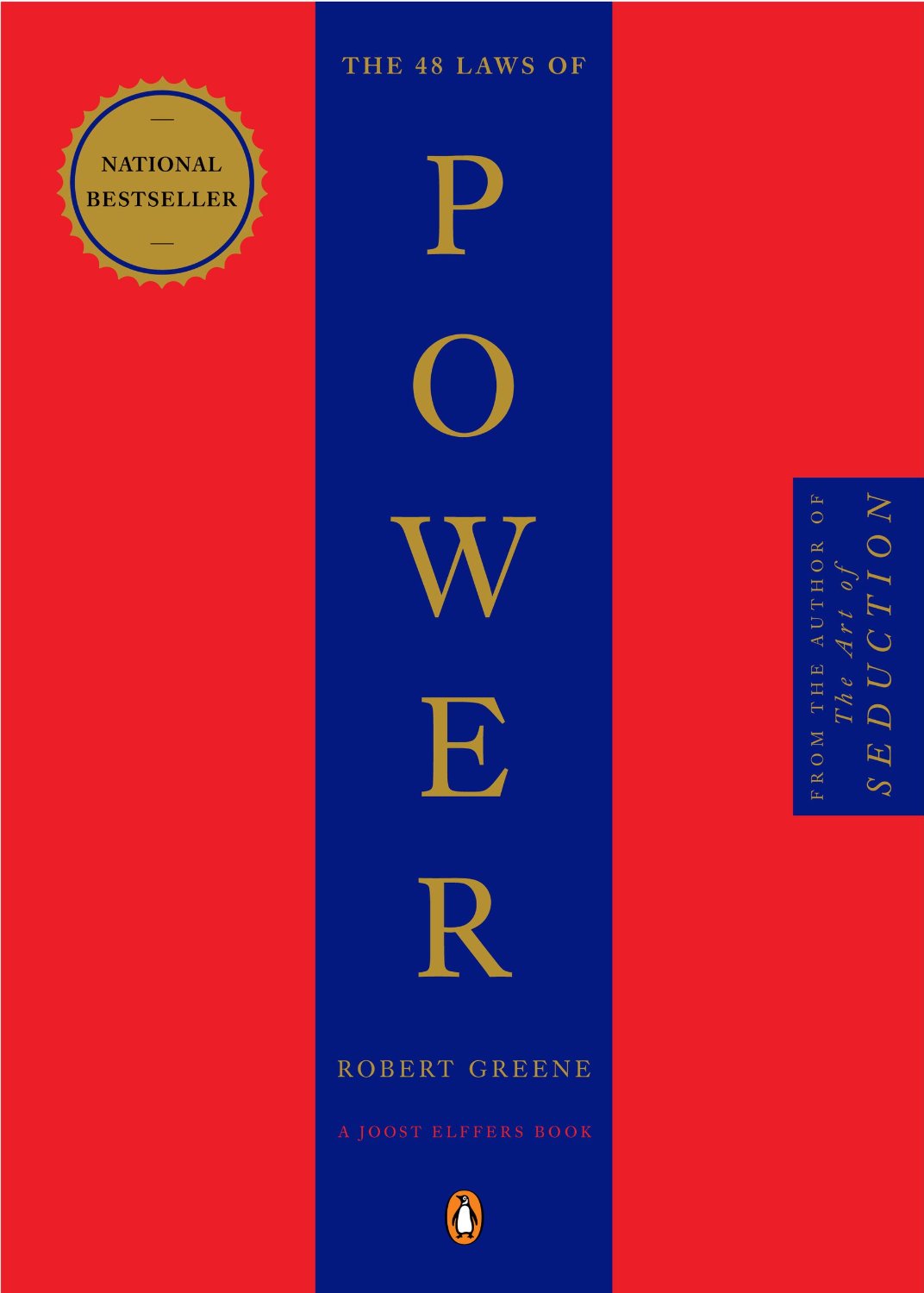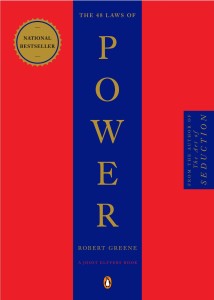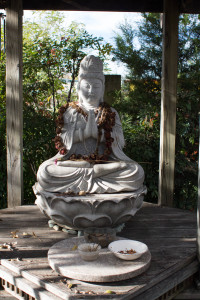Challenging Assumptions
“What other people think about me is none of my business.”
Seriously. It isn’t. This is one of my favorite phrases, something that usually elicits a laugh or two. But I think is it a fantastic thought. We spend vast amounts of time concerned and worrying about how we are perceived by those around us. Think about how you feel when you walk past a group of people and hear them laugh. Do you prickle in defense? Do you check to see if you put pants on this morning? Do you imagine yourself to be an intricate part of workplace gossip? Do you crave to know what was said about you in your absence? The thing is: No one is thinking about you nearly as much as you suspect they are. In all reality they are probably thinking about themselves. There is no posse of people quietly judging what shoes you are wearing or how you laugh. Most of the time the only person thinking about you is you. Now on one hand this may sound a bit callous. As though we are in a world of people who are, in the words of Chuck Palahniuk; “Just waiting for their turn to speak”. But think this is an incredibly liberating idea. How freeing! Pursuing that freedom is the inspiration for this article. Where does all this judgement and fear of being judged stem from? I wish to address one of the major mental blocks people often encounter in the process of developing the self: Assumptions. And to begin I would like to share one of the assumptions I struggle with regularly.
The word assumption is defined as taking something as truth, or alternatively to take something upon oneself. And that latter definition I think is particularly interesting. We take ideas upon yourself and carry them into the world out of habit or perhaps fear. My assumption is as follows: I am constantly concerned that the strangers who come into my life assume that I am gay. When I meet new people I stress over how I am dressed, the words i choose, and my mannerisms until I am almost sick with anxiety. And on the rare occasion that someone inquires about my sexuality, I become instantly defensive and upset. This is, in short, ridiculous. When I recognize these thoughts happening I feel incredibly guilty. I feel as though by having that irrational fear I do a disservice to all the fantastic gay folks I love. Then come the thoughts of righteousness, I begin thinking about how open minded and non judgmental I am because of my thoughts on this subject. Again, ridiculous. I have just been judging other people as well as myself for an imagined fear of judgement. Suddenly it has become a judgement sundae with judgement sauce. The gay community faces legitimate encroachments on their civil liberties, and while attitudes are slowly shifting, there are countless acts of discrimination all around us, and I feel like a giant jerk for tangling my fear in the significant fears they have daily. All of this because I began telling myself a story, because I made an assumption about how people think. So what is there to do? How do we begin to challenge the assumptions we have built? How can we catch the mind in the process of constructing assumptions? I want to share some methods with you for beginning to recognize assumptions you have created and how to begin to shift your perspective to a more open place.
First, I want you to simply notice when you are implementing assumptions. Simply notice. Do not try to change what you are currently doing, simply bring you attention to the activity. Maybe you have locked your car while sitting in traffic when a busker wanders past with a cardboard sign. Or perhaps you have made a comment to your friends about how that person probably behaves in a certain way because of their race. Or maybe you have an assumption you have created about yourself and your means of behavior. No matter the situation, I simply want you to notice this occurring. Document the times you feel this assumption coming into your mind. By bringing the light of your perception to the moment we slowly begin to deconstruct the constructed notions we have. Perhaps take some notes about the situations in which you notice your assumptions coming to light. Do you notice a similar trend in the types of situations you are making the assumptions during?
Now after you have collected a few assumptions you walk around with on a daily basis I want you to find a quiet place and begin to center yourself. Set a timer for ten minutes for this activity. And I want you to begin to trace the threads of memory on those ideas you carry. Where did you first get that idea? Who suggested such a thing? What instances in your life have lead you to believe this? Take note of your thoughts during this exercise. What sort of things come to mind? Do you notice any sensations within your body as you are doing this? Do your cheeks flush with anger? Do you become tense in your spine and shoulders? Again simply notice these things occurring.
And finally in the last step of the assumption exercise I want you to ask yourself these questions: Does that belief serve the best person I can be? Does that idea propel me forward? Does the highest version of myself use these ideas to make the world a better place? I encourage you to think more about your assumptions, beliefs and convictions. Not all of the ideas we use to function in our everyday routine are healthy. Active Awareness is committed to shining a light on these mental blocks and helping you most past them into the realm of excellence. It is a practice to begin taking apart the assumptions we have built for ourselves, and it is unlikely that we will drop it like it’s hot, so to speak. We must be committed to the practice of liberating the mind from modes of thinking that no longer serve us. We all have stories we have crafted about other people, about how the world works, about ourselves. We all live in the realm of assumptions, but it is entirely possible to lie down those heavy ideas and walk forward in freedom.



